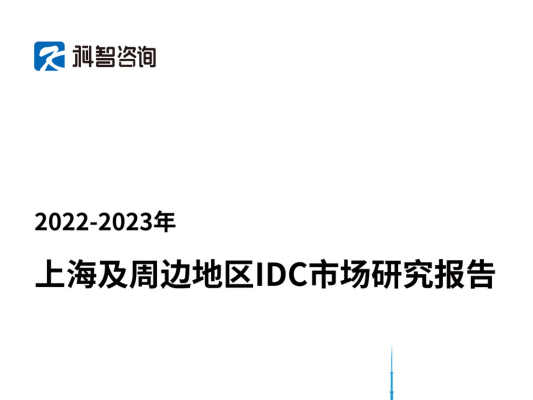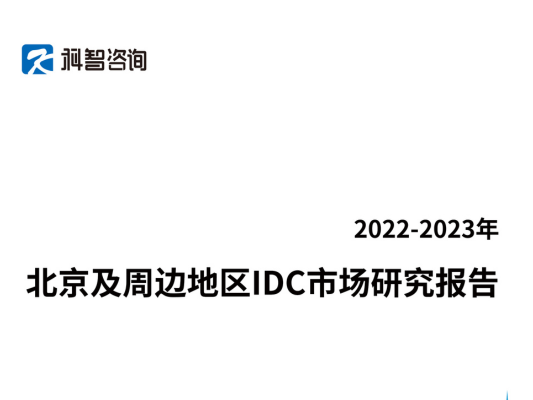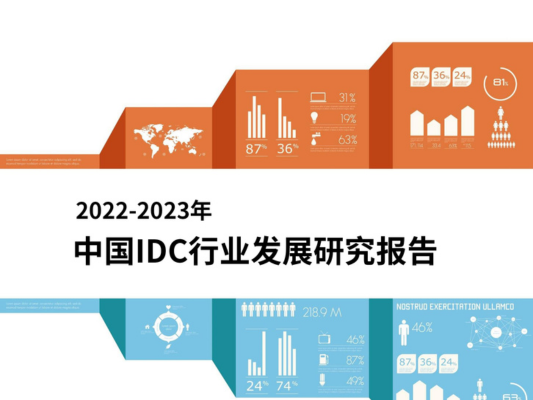In the global race to build scalable, efficient, and connected digital infrastructure, new regions are emerging as high-potential hubs. In 2025, three cities—Dublin, Jakarta, and Santiago—are drawing attention from hyperscalers, colocation providers, and investors alike. These locations each offer a unique blend of regulatory friendliness, connectivity, energy strategy, and regional demand.
Dublin: The European Cloud Gateway
Ireland has long been a favorite among U.S. tech companies due to its low corporate tax rate, EU membership, and English-speaking workforce. But when it comes to digital infrastructure, Dublin is now a major node in Europe’s cloud network.
Why Dublin is Booming:
Strong fiber connectivity: Dublin connects directly to North America and mainland Europe.
Cloud giant presence: AWS, Microsoft, Google, and Facebook all operate data centers here.
Green energy access: Wind energy is abundant, with national goals for carbon neutrality.
Government support: Favorable tax structure and regulatory framework for digital infrastructure.
In 2025, despite concerns over energy constraints, the Irish government is working closely with hyperscalers to balance sustainability and capacity. Hybrid models like energy curtailment agreements are allowing continued growth while managing grid demands.
Jakarta: Southeast Asia’s Rising Star
Indonesia’s capital is transforming into a digital powerhouse, thanks to rapid urbanization, e-commerce expansion, and a young, mobile-first population. Jakarta has become the second most attractive data center location in Southeast Asia after Singapore.
Why Jakarta Is a Top Pick:
Digital economy growth: Indonesia’s tech market is booming, with strong demand for local compute.
Government incentives: Investment-friendly policies and relaxed foreign ownership rules.
Low latency requirements: Domestic businesses and government initiatives require localized hosting.
Strategic location: Serves as a regional hub between Southeast and South Asia.
Hyperscalers like Google and Alibaba Cloud are already investing in local zones. New colocation projects from Princeton Digital Group, EdgeConneX, and others are adding capacity to meet future demand.
Santiago: The South American Sleeper Hit
Chile has long been a leader in renewable energy and stable governance in South America. Now, Santiago is becoming the continent’s next data center frontier. It's attracting hyperscale projects, regional edge rollouts, and major fiber routes connecting Latin America to North America and Europe.
Santiago’s Key Advantages:
Renewable energy surplus: A high share of solar, wind, and hydro power.
Political stability: Favorable business climate compared to neighbors.
Submarine cable access: Connected to the South Pacific and the Southern Hemisphere’s new subsea routes.
Regional demand: Serving growing internet populations in Chile, Argentina, and Peru.
Amazon Web Services and Huawei Cloud are among the players expanding in Santiago. Local operators like GTD and Entel are also building advanced Tier III+ facilities with regional redundancy.
Common Factors Fueling Growth
Despite being on different continents, Dublin, Jakarta, and Santiago share common traits that are attracting developers:
Supportive regulation: Governments are welcoming foreign investment and reducing red tape.
Access to renewables: Sustainability is becoming a prerequisite for new builds.
Urban modernization: Investments in telecom, roads, and power infrastructure support data center viability.
Regional latency needs: Content delivery, fintech, gaming, and cloud-native businesses demand localized compute.
Challenges to Consider
Each city also faces its own hurdles:
Dublin: Power allocation is tightly controlled by regulators. New projects must prove energy efficiency.
Jakarta: Flood risk and infrastructure aging require advanced site planning.
Santiago: Earthquake resilience and land scarcity in urban zones drive up costs.
Operators must design around these constraints, often opting for modular builds, off-grid backup solutions, and flexible land strategies.
Investment Outlook for 2025 and Beyond
The data center market is no longer limited to Tier 1 metros. As digital transformation accelerates globally, hyperscalers and infrastructure investors are pushing into new geographies that offer competitive advantages in cost, energy, and proximity to users.
In 2025, expect to see:
Joint ventures between global and local players
Rise in regional cloud zones from major providers
New subsea cable landing stations near these cities
AI and edge workloads hosted locally instead of overseas
These three cities—Dublin, Jakarta, and Santiago—represent what’s next for global infrastructure. They offer a model for other regions looking to balance innovation, sustainability, and economic growth.
Dublin brings connectivity and cloud maturity. Jakarta delivers massive demand and policy momentum. Santiago adds renewable strength and regional reach. Together, they reflect the changing face of global infrastructure.
For developers, investors, and enterprises, these aren’t just emerging markets—they’re strategic opportunities. As the digital economy spreads across every continent, these cities are showing how to build smart, scalable, and future-ready infrastructure from the ground up.








